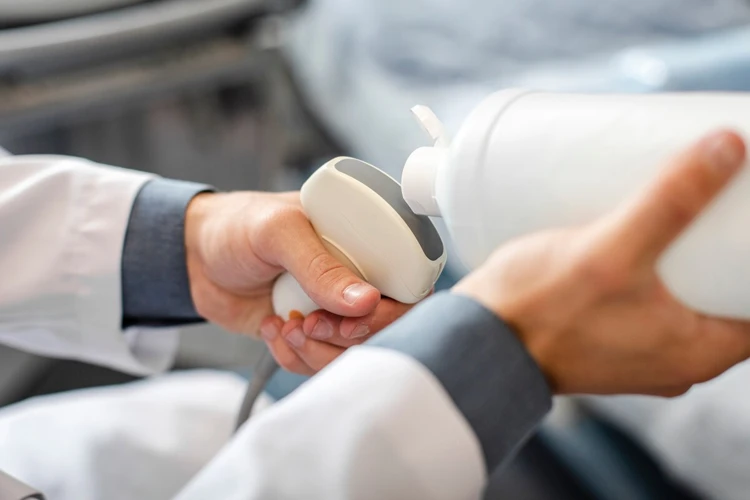+88 01759 24 18 74
+88 01720 52 86 19
11/15 Salimullah Road
Mohammadpur, Dhaka-1207
Menu


Ultrasound technology is a widely used and essential tool in medical diagnostics, renowned for its ability to provide clear images of internal body structures without the use of ionizing radiation. However, like all medical procedures, the use of ultrasound requires adherence to best practices and guidelines to ensure patient safety and the accuracy of diagnostic results. Here, we explore the key aspects of ultrasound safety and the recommended practices for healthcare professionals.
Understanding Ultrasound Safety:
Non-Ionizing Radiation: Ultrasound uses high-frequency sound waves to produce images of the body’s internal structures. Unlike X-rays and CT scans, it does not involve ionizing radiation, making it safer for patients, especially for repetitive use and during pregnancy.
Thermal and Mechanical Effects: While ultrasound is generally safe, it can produce thermal and mechanical effects if not used properly. Prolonged exposure or excessive intensity can lead to localized heating of tissues and mechanical effects such as cavitation (formation of small gas bubbles). Understanding these effects is crucial for minimizing risks.
Best Practices for Ultrasound Safety:
ALARA Principle: The “As Low As Reasonably Achievable” (ALARA) principle is fundamental in ultrasound practice. It emphasizes minimizing exposure by using the lowest possible ultrasound intensity and shortest scan time necessary to obtain diagnostic information.
Proper Training and Certification: Ultrasound operators must be adequately trained and certified. Proper education ensures that practitioners are knowledgeable about the equipment, its settings, and safety guidelines, reducing the risk of misuse.
Regular Equipment Maintenance: Routine maintenance and calibration of ultrasound equipment are essential to ensure accurate functioning. This includes checking transducers, cables, and other components for wear and tear, and ensuring that the software is up to date.
Patient Preparation and Positioning: Proper patient preparation and positioning can significantly impact the quality of the ultrasound images and the safety of the procedure. This includes instructing patients on how to prepare for the exam and positioning them correctly to avoid unnecessary exposure.
Monitoring and Limiting Exposure: Continuous monitoring of the ultrasound machine’s output and keeping the exposure time to the minimum required to achieve a diagnostic result are key to ensuring patient safety. This involves setting appropriate scanning parameters and being mindful of the thermal and mechanical indices displayed on the ultrasound machine.
Guidelines and Standards:
AIUM Guidelines: The American Institute of Ultrasound in Medicine (AIUM) provides comprehensive guidelines on the safe use of ultrasound in medical practice. These guidelines cover aspects such as output settings, exposure limits, and recommended practices for different types of ultrasound examinations.
FDA Regulations: The U.S. Food and Drug Administration (FDA) regulates ultrasound equipment to ensure it meets safety standards. Healthcare providers should use FDA-approved ultrasound devices and adhere to the manufacturer’s safety instructions.
Professional Society Recommendations: Various professional societies, including the World Federation for Ultrasound in Medicine and Biology (WFUMB) and the European Federation of Societies for Ultrasound in Medicine and Biology (EFSUMB), offer guidelines and position statements on ultrasound safety. Practitioners should stay informed about and adhere to these recommendations.
Ultrasound is a safe and invaluable tool in modern medicine when used responsibly. By adhering to best practices and guidelines, healthcare providers can maximize the benefits of ultrasound while ensuring the safety and well-being of their patients. Continuous education, proper equipment maintenance, and vigilant monitoring are key components of safe ultrasound practice, contributing to effective and reliable diagnostic imaging.